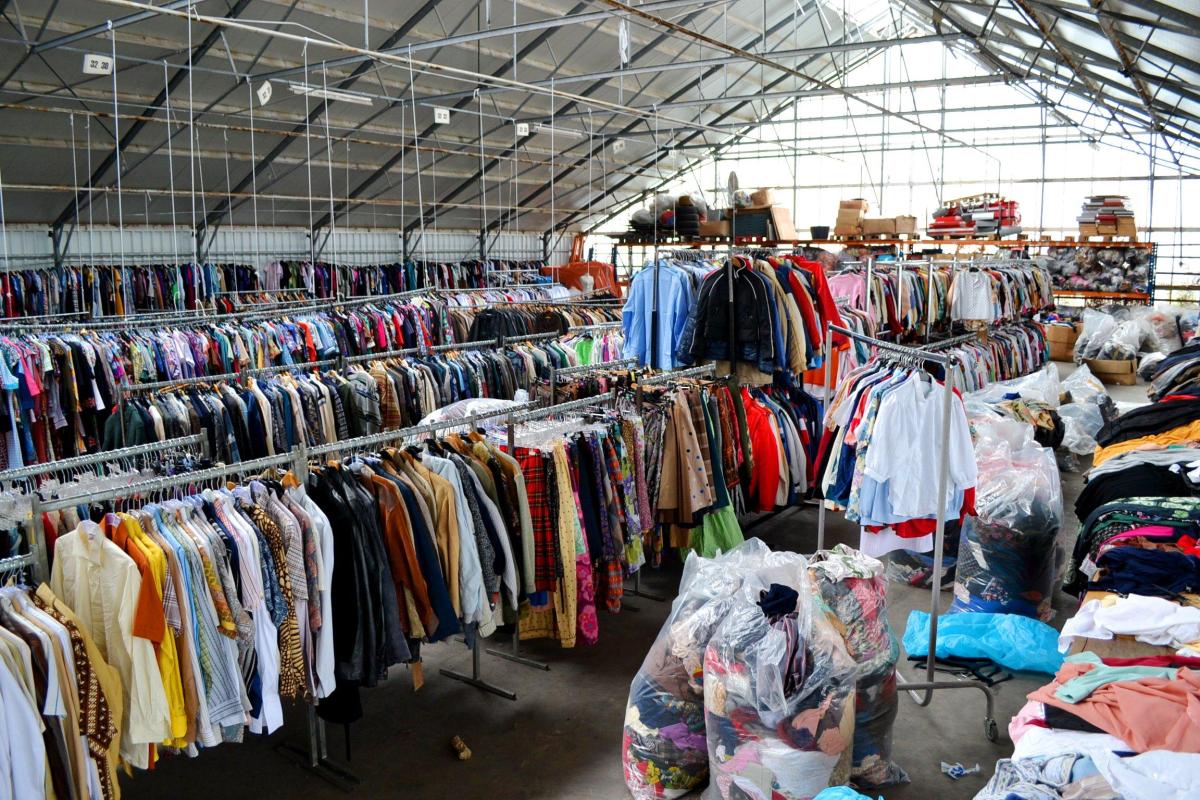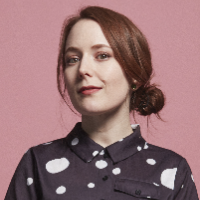Stock Your Store Smarter: Insider Tips To Buy Clothes In Bulk For Resale

Starting or running a clothing business is exciting—but let's be honest, it's also a challenge. One of the biggest hurdles many store owners face is figuring out how to stock their store without overspending or ending up with items no one wants to buy. The secret? Smart bulk buying. If you learn how to purchase clothes in bulk for resale the right way, you'll save money, reduce waste, and maximize your profits.
Let’s walk through the essential strategies that experienced retailers use to stock their stores smarter—and how you can apply them no matter the size of your business.
Why Bulk Buying Is Essential for Clothing Retailers
When you purchase clothing items individually, you're paying retail prices. That’s not sustainable when you’re trying to earn a profit. Bulk buying allows you to access wholesale pricing, which means lower costs per item. This gives you room to mark up the products and still offer competitive prices to your customers.
Beyond pricing, buying in bulk also helps with consistency. Your customers want dependable sizes, styles, and stock. When you order in larger quantities, you reduce the risk of items being unavailable later. This builds trust and keeps your brand experience consistent.
Understand Your Audience Before Ordering Inventory
Before diving into your first bulk order, take time to clearly understand your target customer. What are their style preferences? Are they price-sensitive? Do they care about sustainability or prefer fast fashion? The answers to these questions will help you make purchasing decisions that align with what your customers actually want to buy.
Many new retailers make the mistake of choosing items based on personal taste. While it's tempting to stock items you love, the better approach is to stock what your customers love. Look at your current sales data, study seasonal trends, and take note of what your competitors are offering.
Finding the Right Sources for Bulk Clothing
There are several ways to buy clothes in bulk for resale, and the best option for you depends on your budget, business model, and experience level. One popular method is sourcing from wholesale marketplaces online. These platforms allow you to browse large catalogs, view prices, and place orders with ease. Many even offer buyer protection and communication tools to connect with suppliers.
Another option is to attend industry trade fairs or exhibitions. These events bring together suppliers and retailers, giving you a chance to touch and feel the products, negotiate deals in person, and get a better understanding of quality and sizing.
Some more experienced sellers work directly with clothing manufacturers, especially when they want custom designs or packaging. This can be more cost-effective in the long term, but it typically requires higher order quantities and more planning.
For more information on global sourcing practices, you can explore guidance from international trade organizations like International Trade Centre.
How Much Stock Should You Start With?
If you're just starting out or testing a new product line, it's a good idea to start small and grow gradually. Ordering too much inventory can lead to storage problems and financial stress if the items don’t sell as expected. Begin by ordering a limited number of pieces in a few different sizes and colors. Once you see which products perform well, you can increase your order sizes with more confidence.
This approach allows you to reduce risk and gather real customer feedback. It’s much easier to expand a best-seller than it is to move large quantities of a slow-moving product.
Timing Is Everything: When to Order Bulk Stock
Planning ahead is one of the most underrated parts of smart inventory management. In fashion retail, trends change quickly, and customer preferences can shift with seasons. Ordering your stock too late may leave you with missed opportunities, while ordering too early can tie up your capital in unsold items.
To avoid these problems, try to align your buying cycle with the seasons and upcoming trends. For example, start planning your spring collection in winter. This gives you enough lead time for ordering, delivery, and merchandising—without the last-minute stress.
Pay Close Attention to Sizing and Fit
One of the most common issues in clothing resale is sizing. If your supplier uses a different sizing chart than your customers are used to, you'll likely end up with returns and frustrated buyers. Always ask for a clear size chart, and if possible, order samples first to assess the actual fit and material.
Sizing also varies by region. What’s considered a medium in one market might be large in another. Make sure your sizing aligns with your customer base and clearly communicate sizing information in your store to avoid confusion.
Think About Storage and Shipping Costs
When ordering in bulk, it’s easy to focus only on the cost of the clothes themselves. But smart retailers know that shipping and storage can significantly impact your overall expenses. Consider the weight and volume of your orders before you commit, especially if you’re importing goods from abroad.
Also, make sure you have a clean, organized storage system—whether it's in a warehouse, garage, or spare room. Good inventory management helps prevent damage, loss, and delays in shipping out customer orders.
Protect Your Business with Clear Agreements
Before finalizing a large bulk order, ensure that you have a clear agreement in writing. This should cover delivery timelines, payment terms, and return policies. If something goes wrong—like receiving damaged goods or the wrong sizes—having a documented agreement gives you the leverage to resolve issues quickly.
Even if you’re buying from a supplier you trust, never rely solely on verbal promises. A little paperwork now can save a lot of headaches later.
Final Thoughts: Buy Smart, Sell Better
At the end of the day, stocking your store smarter isn’t about getting the cheapest deal—it’s about making thoughtful choices that serve your customers and your business long-term. When you take the time to understand your audience, choose reliable suppliers, and manage your inventory wisely, you set yourself up for real, sustainable growth.
Buying in bulk can seem overwhelming at first, but once you get the hang of it, it becomes one of the most powerful tools in your retail journey.
Elevate your retail game—explore fashion and accessories in bulk at Thokmandee and start selling smarter today.
Frequently Asked Questions (FAQs)
1. Do I need a registered business to buy clothes in bulk?
Not always. Some suppliers allow small-scale buyers to place bulk orders without a license, but having one can give you access to better pricing and terms.
2. How do I estimate the right amount of inventory to start with?
Start small and scale based on actual sales. Track what sells quickly and what doesn’t, then reorder accordingly.
3. What’s the best time to place orders for seasonal clothing?
Plan at least one to two months ahead of the season to ensure timely delivery and stock availability.
4. How can I make sure the clothing quality meets expectations?
Request samples before placing large orders. This allows you to check fabric, stitching, sizing, and overall quality.
5. What if my order arrives damaged or incorrect?
Always confirm the supplier's return or refund policy before ordering. Document everything and communicate clearly if issues arise.
